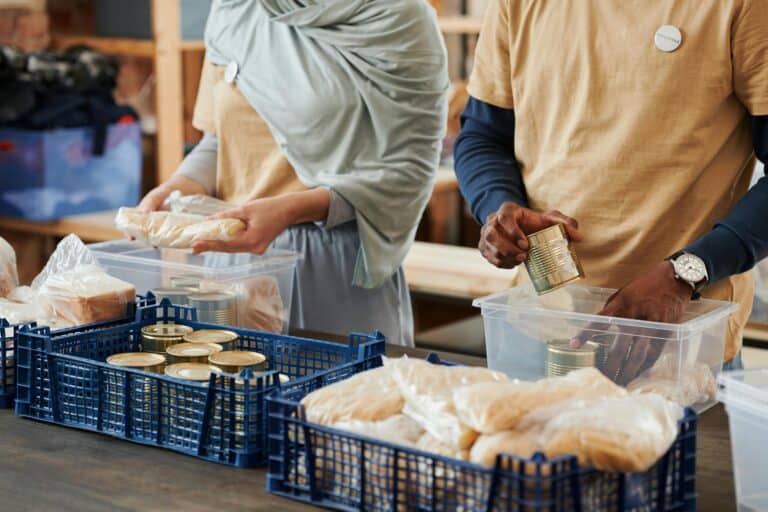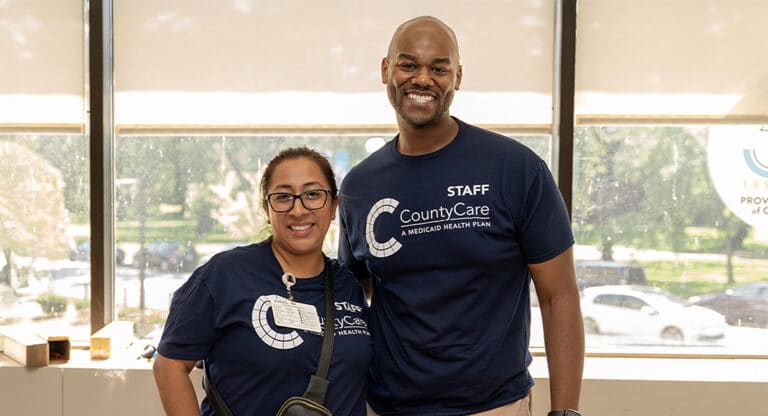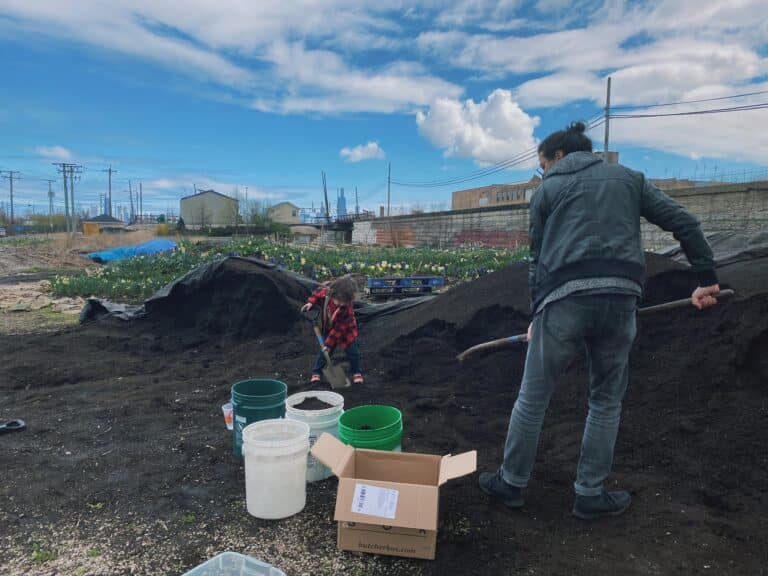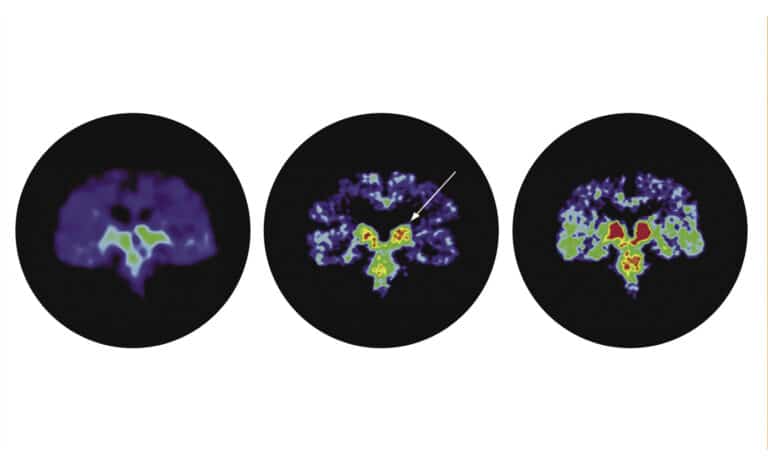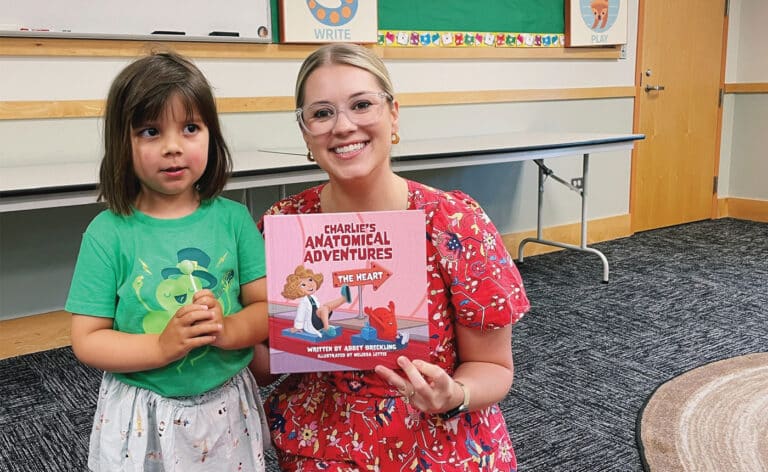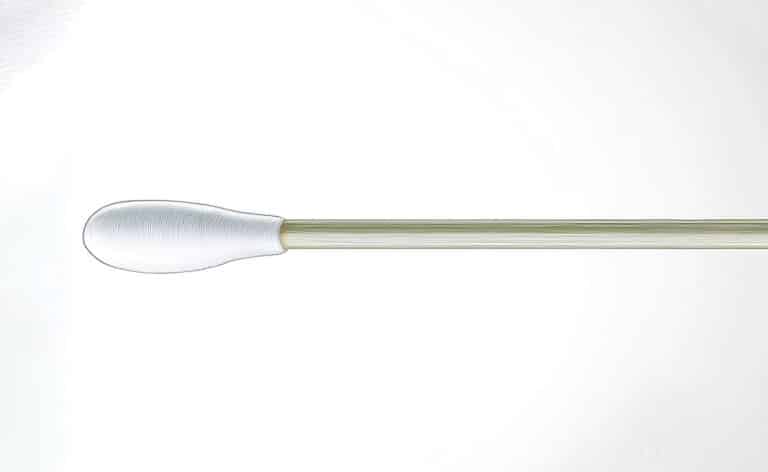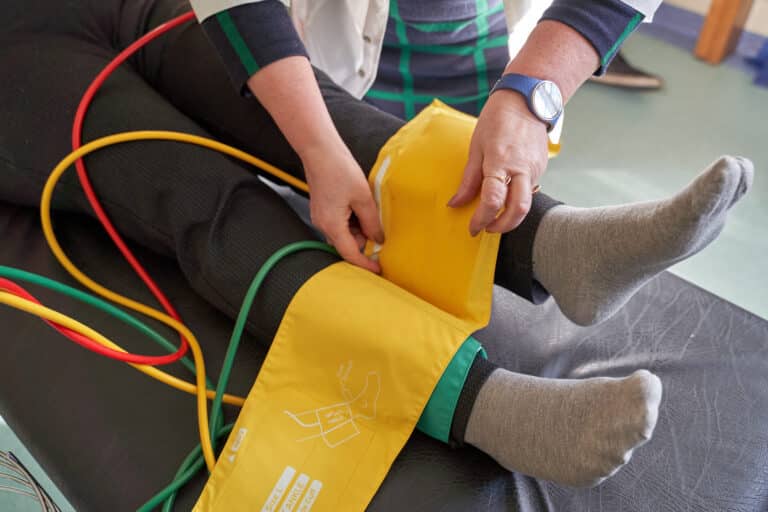Fact checked by Ros Lederman
Above photo courtesy of FARMZERO
Not all produce is created equal. You can taste the difference between an anemic strawberry shipped thousands of miles from Chile or Mexico and the burst of almost candy-like sweetness from a plump, ruby-red farmers market strawberry picked just hours ago. The fleeting seasonal sweetness of stone fruit, berries, corn, and summer squash is more delicious — and more nutritious — than your average, run-of-the-mill grocery store produce available year-round.
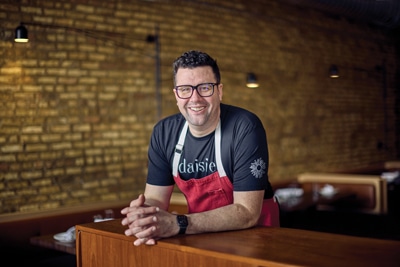
Chef Joe Frillman of Daisies says that Chicago has a strong regional food network, with well-established farms like Mick Klug Farms and Nichols Farm & Orchard, which have been working with chefs and restaurants for decades. Frillman partners with his brother at family-owned Frillman Farms for most of his produce, and he says that farmers market attendance is higher than it has ever been.
“We’re not seeing the same volatility that affects conventional produce, which has been impacted by transportation costs and tariffs,” he says. “Local prices are still competitive and often provide better value.”
Working with local farms also gives Frillman access to heritage and heirloom varieties that aren’t available in grocery stores. “For example, Klug Farm grows Saturn peaches that would never make it into a grocery store because they’re too delicate and would spoil,” he says. “But we can get them and use them in a specific dish at peak ripeness. That level of quality and specificity is only possible when sourcing locally.”
Chicago is also making strides in growing nutritious greens within city limits with new sustainable ag-tech company FARMZER0, which is reimagining urban agriculture. CEO Russell Steinberg saw an opportunity in vacant office spaces post-pandemic and is converting these old buildings into vertical farms that grow leafy greens, microgreens, herbs, and edible flowers. Much of the existing infrastructure is already in place; FARMZER0 just adds water and grow lights.
“We’re decentralizing food production inside the city, close to the consumer,” Steinberg says. “It’s a proximity approach to healthy food production.” Nutrient-dense vegetables can be grown in just seven to 15 days and have a 21-day shelf life.
FARMZER0 got its start after securing city approvals, with a 1,000-square-foot proof of concept at 30 North LaSalle Street. The company is currently working on two much larger farms in nearby buildings. Steinberg says that plants are growing faster and yields are outperforming their projections, thanks to the stable, optimal growing environment.
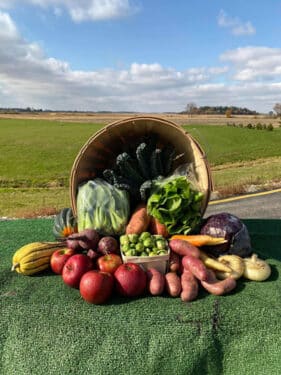
Meanwhile, Frillman says subscribing to community-supported agriculture, such as CSA boxes, going to farmers markets, and eating at restaurants that support local farms are all ways to benefit from your local food system right now.
“Remember, every dollar you spend is a vote,” he says. “When you choose to shop at a neighborhood grocer instead of a national chain, you’re supporting a better food system, and you’ll likely get a better product, even if it costs a little more.”
Frillman uses peppers as an example. “At peak season, I can get dozens of different varieties of peppers, not just one or two,” he says. “That diversity and flavor are what you’re paying for when you support local producers.” You’ll taste the difference. —Amber Gibson
Originally published in the Fall 2025/Winter 2026 print issue.

Amber Gibson is a freelance journalist with more than a decade of experience specializing in travel, food, drink and wellness topics. Her stories have appeared on the cover of The Wall Street Journal, The Telegraph, TIME, Travel + Leisure, Conde Nast Traveler, National Geographic, Robb Report, Chicago Tribune, USA Today, Artful Living, Medscape and many more.



